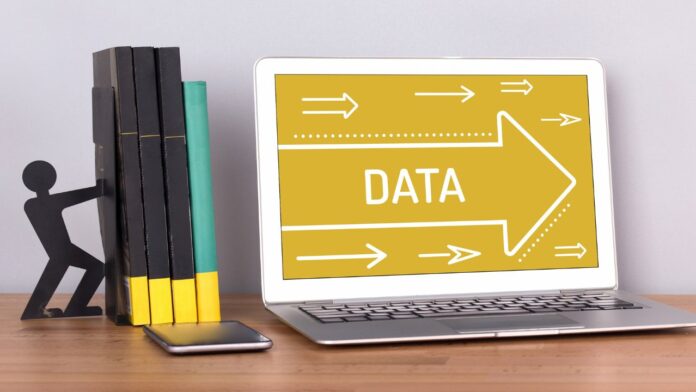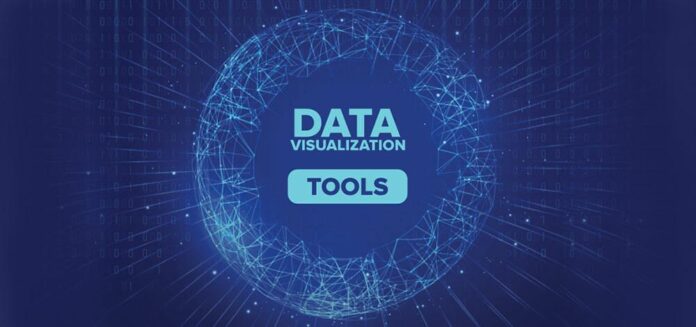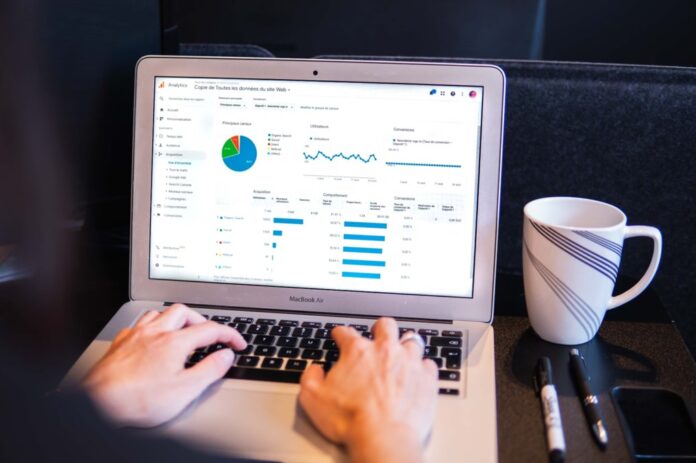Software known as data visualization assists users in gathering and organizing data into a visible format.
In an era where data floods our senses, mastering the art of visual storytelling emerges as a beacon for clarity. Dive into the transformative power of data visualization tools, where numbers morph into narratives, and insights become compelling tales waiting to be told.
Speaking of data visualization mastery, you must have data accessibility first. You can create a dashboard with good data visualization tools and use it to monitor team performance. So, the data must be simple to view and utilize.
However, data visualization is more than an easily available platform for viewing data. When this easily accessible data provides us with a route to begin a story arc, data storytelling becomes relevant and impactful.
Role of Tools & Technology In Data Visualization

The significance of technology in augmenting data visualization and storytelling is increasing in tandem with its growing importance. Although the fundamental principles behind data visualization are still relevant, the platforms and technologies we use to produce these visualizations are changing quickly.
Beyond using any simple chart maker for charting, data visualization solutions such as Tableau and Power BI provide more. They offer real-time, dynamic, interactive visualizations flexible enough to change with the constantly shifting data environment.
With the help of these chart and graph-maker tools, users can create more intricate visual representations and go deeper, potentially uncovering neglected insights. Professionals working with data can then utilize that information to create more intricate and captivating images.
Tools Important For Data Visualization Mastery
Tableau
Users can transform data into visually arresting narratives using Tableau. This chart-maker tool is a genuine master of data visualization. It was one of the first to see the possibilities of data storytelling and is a leader in visual analytics.
Tableau Data Stories’ user-friendly drag-and-drop interface creates data charts, infographics, and dashboards that bring statistics to life automatically. Given its appealing images, audiences are drawn in, and data-driven insights become easier to understand and retain.
Power BI
Reach on top of data visualization mastery in no time by utilizing Microsoft Power BI. It is Microsoft’s response to a powerful visual analytics company’s success. With the help of this powerful tool, you can expertly slice and dice data to tell data-driven stories that point decision-makers in the right direction.
Power BI uses the power of data to develop various business intelligence reports and uncover hidden insights thanks to its smooth interaction with several data sources.
Flow Immersive
With Flow Immersive, enter a virtual and augmented reality world of immersive storytelling where fascinating stories come to life. A distinct method of using stories and graphics.
This platform focuses on producing visually striking 3D outputs integrated with movies or presentations resembling Prezi. With its cutting-edge features that open up new avenues for interaction and comprehension, explore data like never before.
Tips For Data Visualization Mastery: Principles & Practices To Follow

You should consider several design concepts and best practices to produce an efficient and eye-catching data visualization. This entails selecting branding identity, data type, and mood-appropriate colors, typefaces, and shapes.
Your data graphics can benefit from the context and clarity that labels, titles, legends, and annotations offer. Furthermore, you may achieve balance and emphasis in your data visualizations by utilizing contrast, alignment, and hierarchy.
With filters, sliders, and tooltips, you may further enhance the functionality and engagement of your data graphics. To prevent confusing or misinforming your audience, staying away from clutter, distortion, and false representations is crucial.
Accessibility and Inclusivity
The design of data visualizations must prioritize accessibility and inclusivity, ensuring that all individuals, including those with disabilities, can derive insights and value from these visual tools.
This involves implementing strategies such as providing alternative text for images, which allows screen readers to describe visual content to visually impaired users. Equally crucial is the adoption of color-blind-friendly palettes, ensuring that the estimated 300 million people worldwide with color vision deficiencies can accurately interpret data visualizations.
These adjustments not only broaden the reach of data insights but also emphasize the principle that data-driven knowledge should be universally accessible.
Ethical Considerations
Ethical considerations lie at the heart of data visualization. It’s imperative to ensure accuracy and transparency in how data is represented, avoiding the manipulation of visual elements that could mislead viewers.
Data visualizers bear a significant responsibility to present information in a manner that is truthful and facilitates an accurate understanding of the underlying data. This ethical stance helps maintain trust in data visualizations as reliable sources of information and guards against the potential for misleading interpretations that could skew decision-making or public perception.
Collaboration and Communication

Data visualization plays a pivotal role in enhancing collaboration and communication across teams and organizations. By translating complex data sets into comprehensible and engaging visual formats, visualizations act as a common language, breaking down barriers between technical and non-technical stakeholders.
This shared visual language facilitates a more inclusive dialogue, enabling diverse teams to engage with data-driven insights, inform strategy, and drive collective decision-making. The power of visualizations to clarify and democratize information underscores their value in fostering interdisciplinary collaboration and innovation.
Continuous Learning and Adaptation
In the fast-evolving field of data visualization, commitment to continuous learning and adaptation is crucial. The rapid pace of technological advancements and the emergence of new visualization tools and platforms necessitate an ongoing effort to stay abreast of current trends, techniques, and best practices.
For practitioners, this means actively seeking out educational resources, participating in professional development opportunities, and experimenting with new methods and technologies. This mindset not only enhances individual skills but also ensures that the field of data visualization remains dynamic and responsive to changing data landscapes.
Cultural and Contextual Sensitivity
Creating data visualizations that resonate with diverse audiences requires a thoughtful consideration of cultural and contextual factors. This sensitivity involves understanding and respecting the cultural norms, preferences, and communication styles of different groups to ensure that visualizations are not only accessible but also meaningful and engaging to a global audience.
Strategies for achieving this include using culturally relevant symbols, avoiding cultural biases, and adapting visual narratives to reflect the context and experiences of intended audiences. By embracing cultural and contextual sensitivity, data visualizers can craft messages that are universally impactful and inclusive.
Conclusion: Master Data Visualization In No Time!

The challenging part is about to begin: achieving data visualization mastery. In reality, “how” is simple. The important thing is to follow through. In any event, a reliable and sincere do-it-yourself method is always to read books and blogs or try out new instruments.
But nothing compares to taking instruction from experts. Doing this lets you quickly understand how to extract value from data and present it understandably and interestingly. Selecting the appropriate course can give you practical experience with excellent storytelling and data visualization.
It is all you require to get your data visualization learning journey off to a great start.







